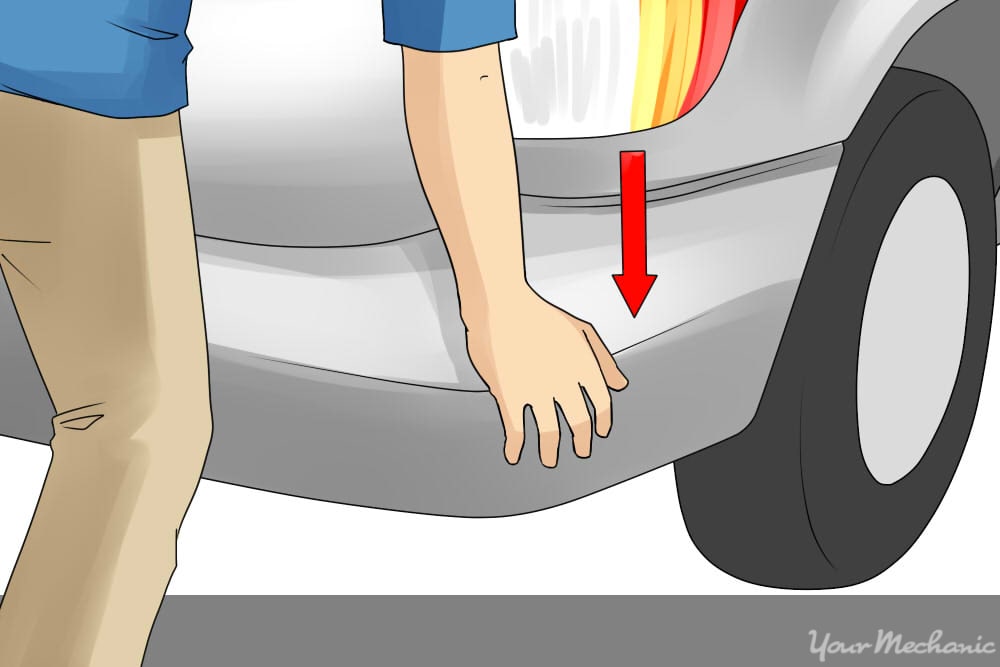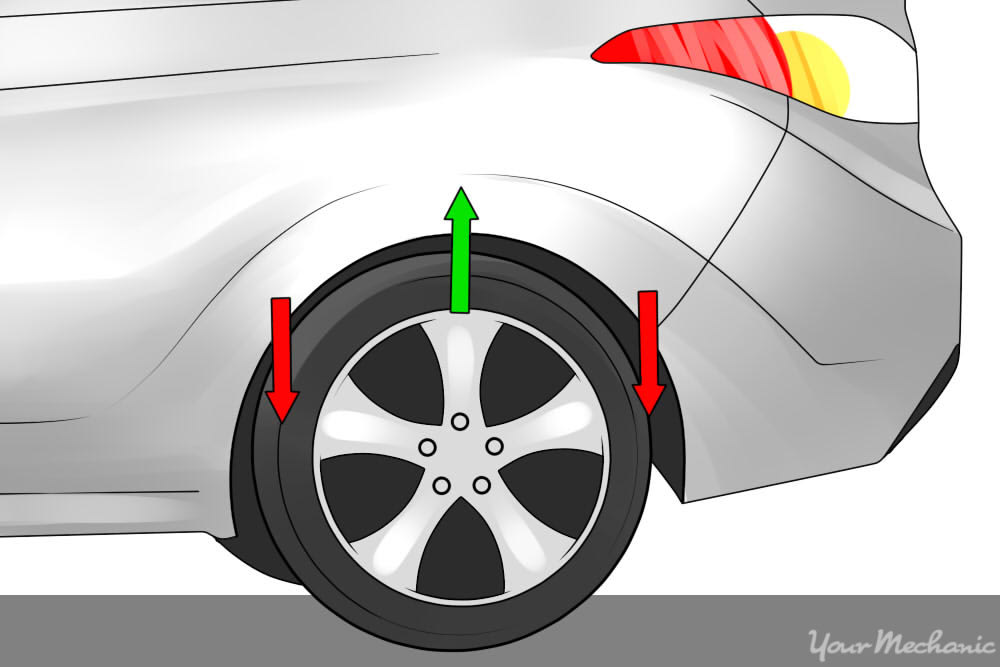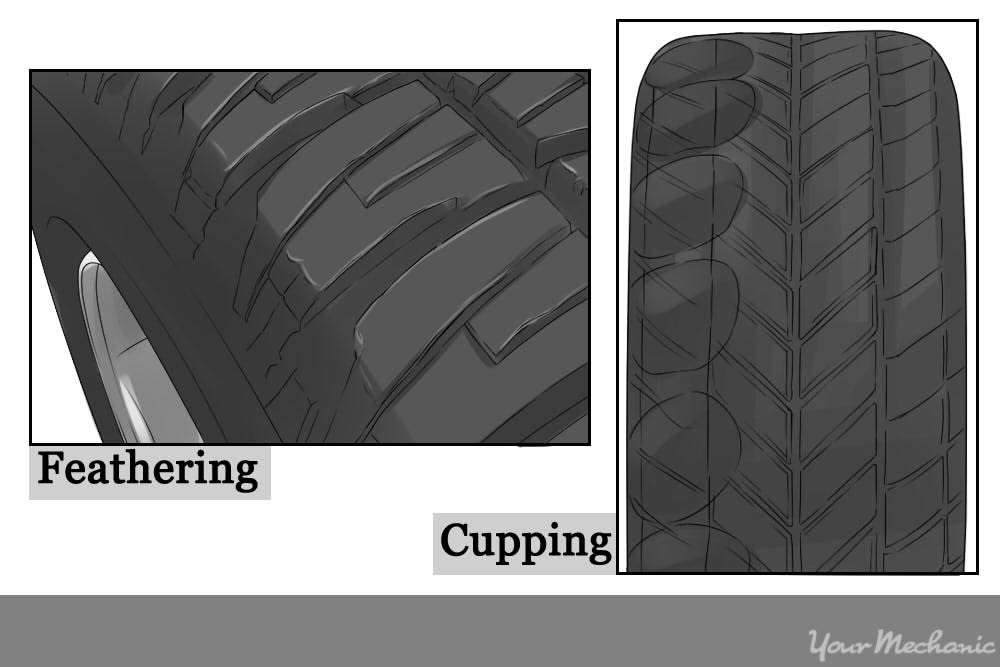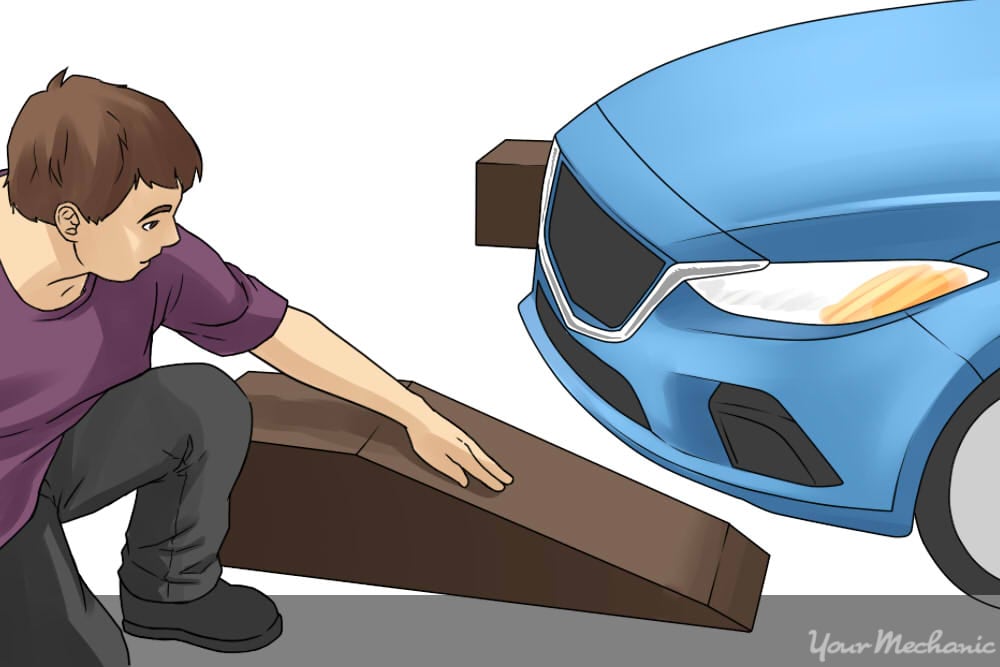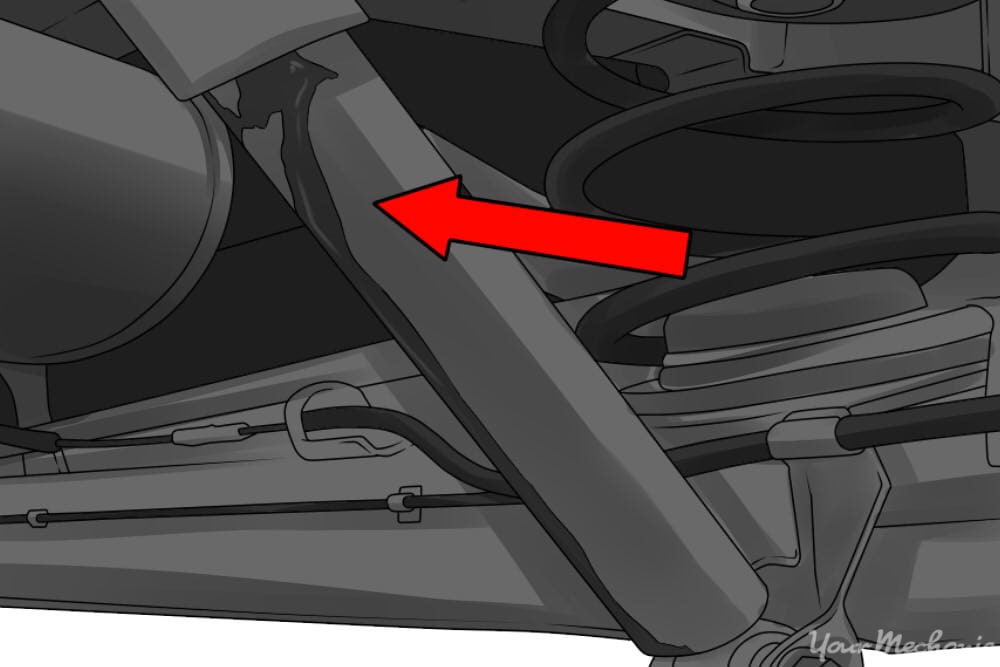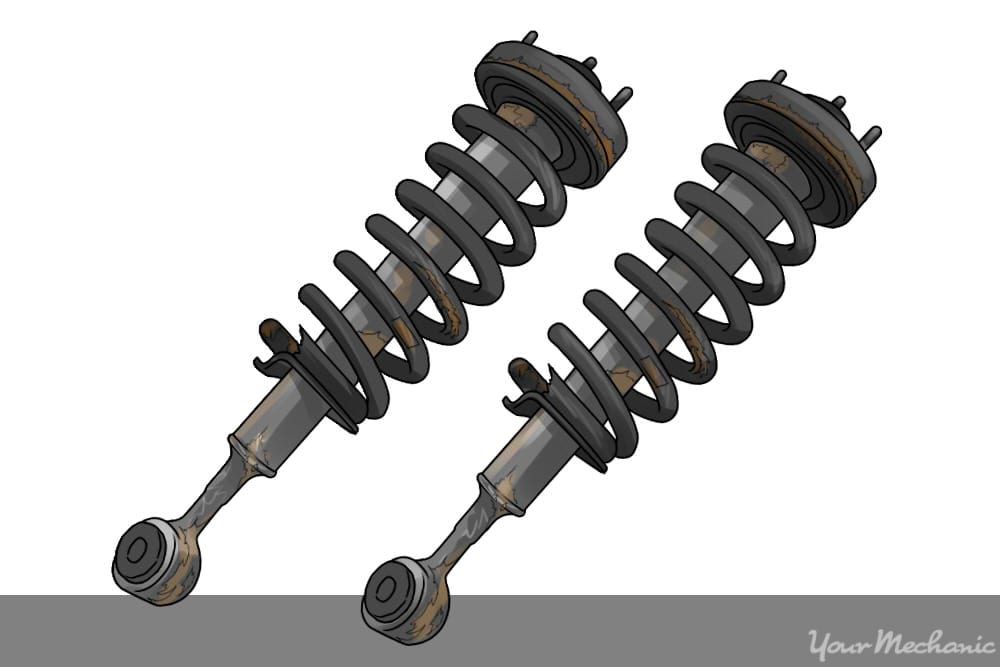

Proper shocks in your car can be the difference between a confident, enjoyable driving experience and a hard-to-handle, stressful one. The suspension in your car does more than just smooth out those bumps you drive over day after day. Your car’s suspension is also critical to safe operation, preventing excessive sway and bounce when turning, as well as helping your tires to stay in constant contact with the road surface.
If your car rides rougher than it once did, the shock absorbers may be to blame. Shock absorbers are designed to absorb the bumps and knocks of the road for a smooth, stable ride. You can check to see if they’re worn and need to be replaced.
Method 1 of 1: Do a visual inspection of your car
Step 1: Look at your car by standing along the front. Make sure it’s on a level surface and check to see if one side appears lower than the other.
If any corner of the car is lower or higher than the other corners of the car then you may have a binding or bent shock that needs replaced.
Step 2: Press on the bumper. Press down on the corner of the front bumper and watch it move as you quickly release your hold.
If the vehicle bounces more than once, then the shocks may be worn out.
If it bounces more than one and a half times, the shocks are not good. This means that after you compress your car’s suspension, it shouldn’t bounce more than up, then down, then back up to its resting position.
Continue this check on all four corners of the car to test all of the shock absorbers.
Step 3: Inspect your tires. Notice uneven tread wear which indicates the shock absorbers may be worn. Feathering or cupping indicate shocks have a problem.
This includes patchy spots of wear rather than wearing on one side or the other.
If you notice uneven tread wear on your tires, have a certified mechanic look at them right away to make sure your car is not out of alignment, which could be potentially dangerous.
Step 4: Inspect your shock absorbers for leaks. Drive your car onto ramps and secure it in place.
- Warning: Always put your car in park and set the parking brake when your vehicle is on ramps. Use wheel chocks or blocks to keep your wheels from moving.
Crawl underneath and look at the shock absorbers.
If you see oil drips leaking from them, it indicates they are no longer working correctly and need to be replaced.
Sweating, or just a small amount of fluid around the fluid-filled cylinder, is normal to see.
If your investigation indicates worn shock absorbers or if you’re not comfortable checking them on your own, ask a trusted mechanic such as YourMechanic to look at them for you as they may need to be replaced.
Shock absorbers may wear out sooner when you travel over rough terrain, rough roads, or even over potholes frequently. Expect to replace them approximately every 50,000 miles.


